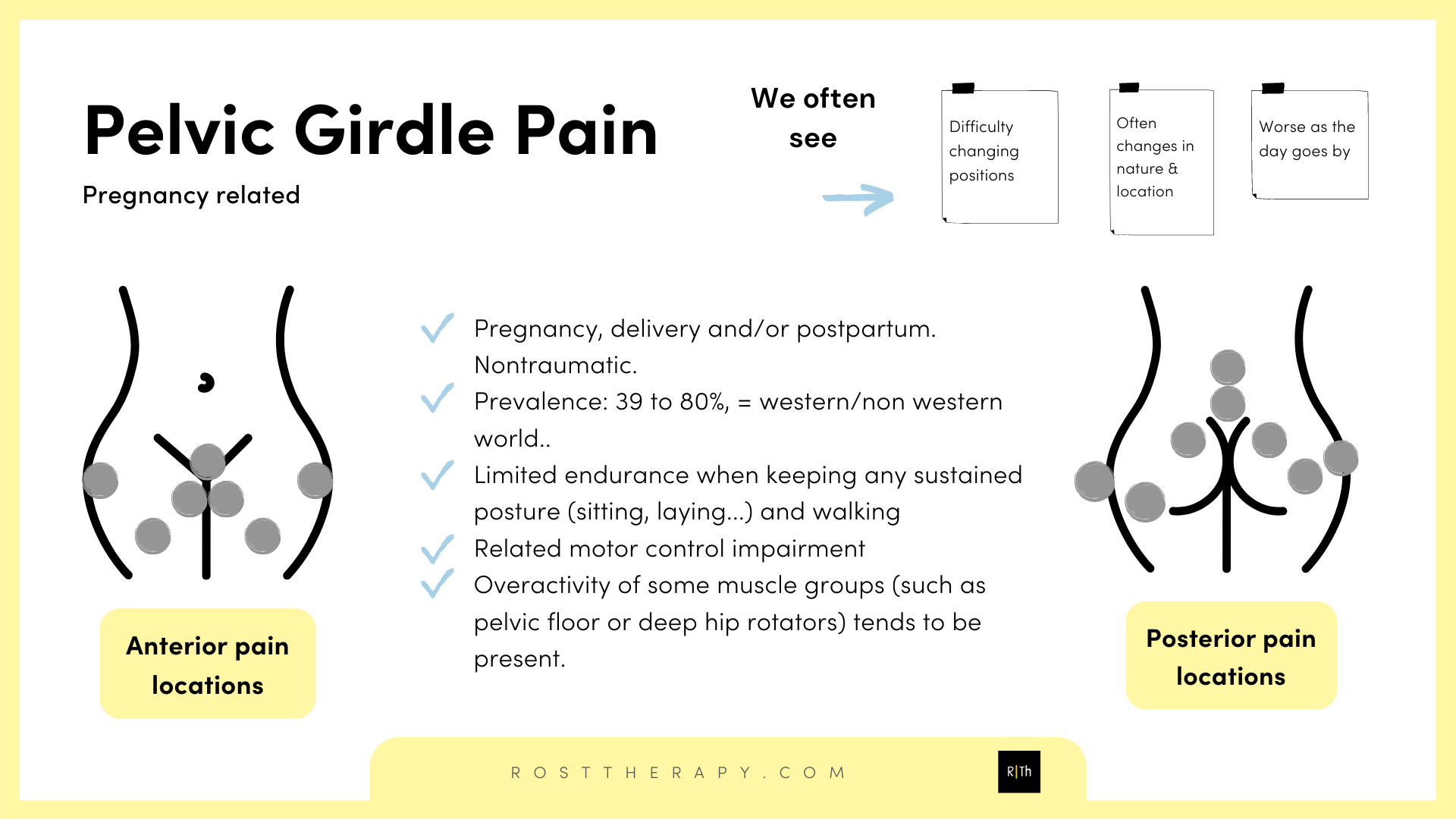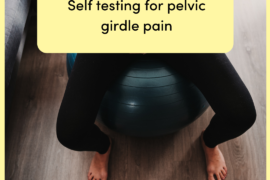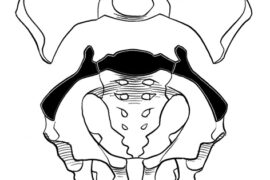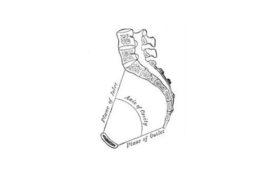What is pelvic girdle pain?
- 22 June 2021
- Pelvic girdle pain
Pelvic girdle pain is the label we use to describe the pain that many pregnant women experience in the pelvic region. Low back pain, sciatica, hip pain or leg pain during pregnancy are, more often than not, manifestations of pelvic girdle pain.
Where?
Pelvic girdle pain can be felt anywhere in the area that connects your low back to your legs, somewhere from your lower ribs to your thighs. Some of the most common areas where people experience pelvic girdle pain are:
- hips
- lower back
- buttocks
- pubic bone (symphysis pubis)
- groin
- legs (above the knee)
- tailbone
What all these different areas have in common is that they are within or are closely connected to the pelvic girdle.
If you experience sciatica-type symptoms during pregnancy and the pain doesn’t radiate below the knee, it might be another form of pelvic girdle pain.
When?
Pelvic girdle pain can appear at any stage of pregnancy, and sometimes continue after delivery. For some women it only starts in the postpartum period. It can be constant or occasional, and it can vary in intensity between pregnancies.
Do you think you have pelvic girdle pain? You will find information on how to manage it throughout the website, but also on Cecile Röst’s book, our free app Rost Moves Mamas and our Youtube channel. If pain is too intense, seek medical care and look for one of our Rost Therapists worldwide.













